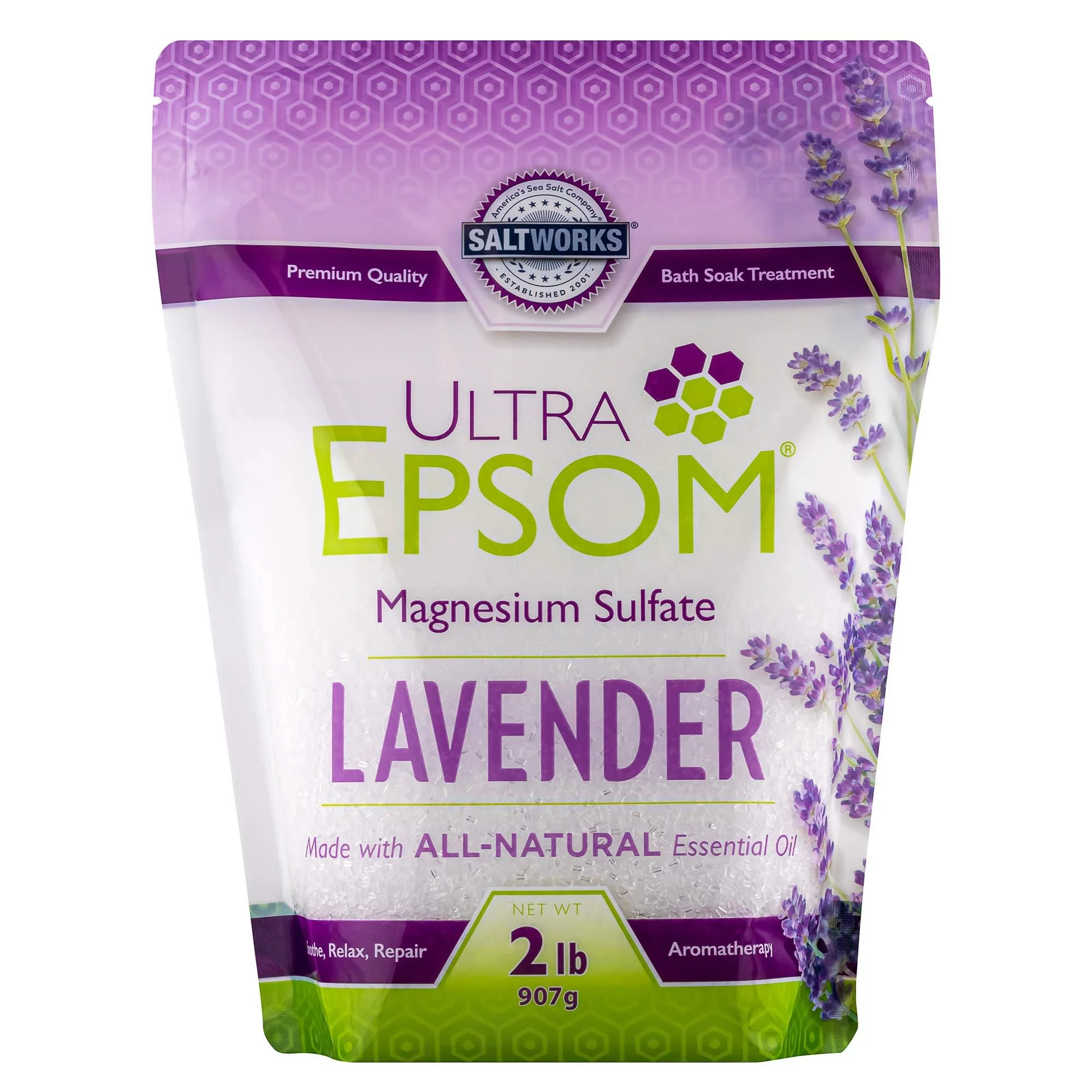I. Introduction
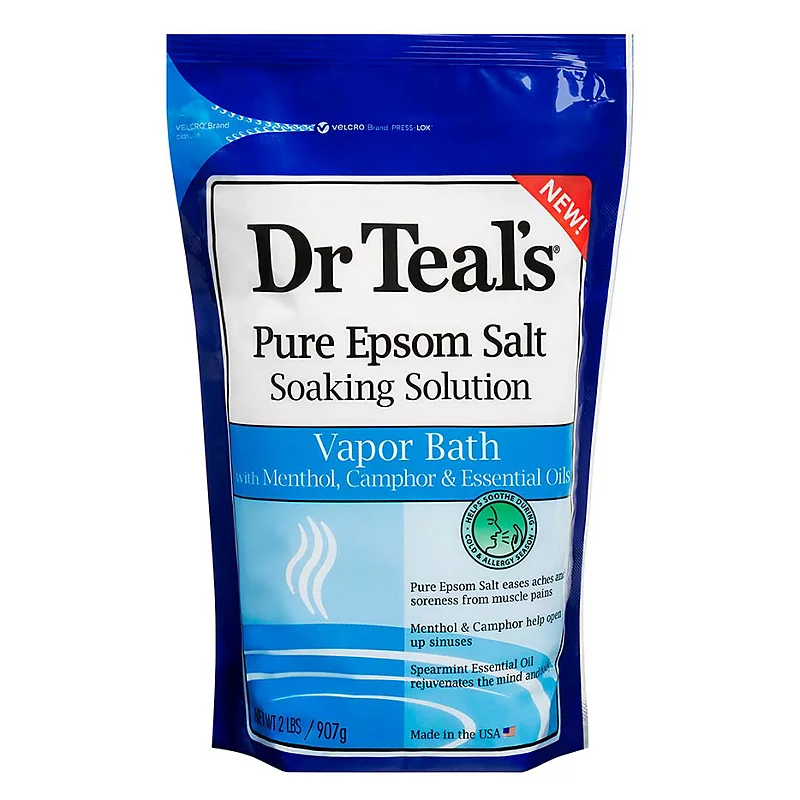
A. The use of Epsom salt in toddler baths
Many parents wonder about the use of Epsom salt in their toddler’s bath. Epsom salt is a popular addition to baths due to its potential benefits for relaxation and skin health. This article aims to provide a comprehensive guide on the safe usage of Epsom salt in toddler baths, including dosage recommendations and precautions.
B. Overview of the article’s content
This article will delve into the understanding of Epsom salt, its benefits for toddlers, and the importance of safe usage. It will emphasize the importance of consulting healthcare professionals, determining appropriate amounts, and maintaining optimal bath temperature and duration for toddler baths.
II. Understanding Epsom Salt and Its Benefits
A. What is Epsom salt?
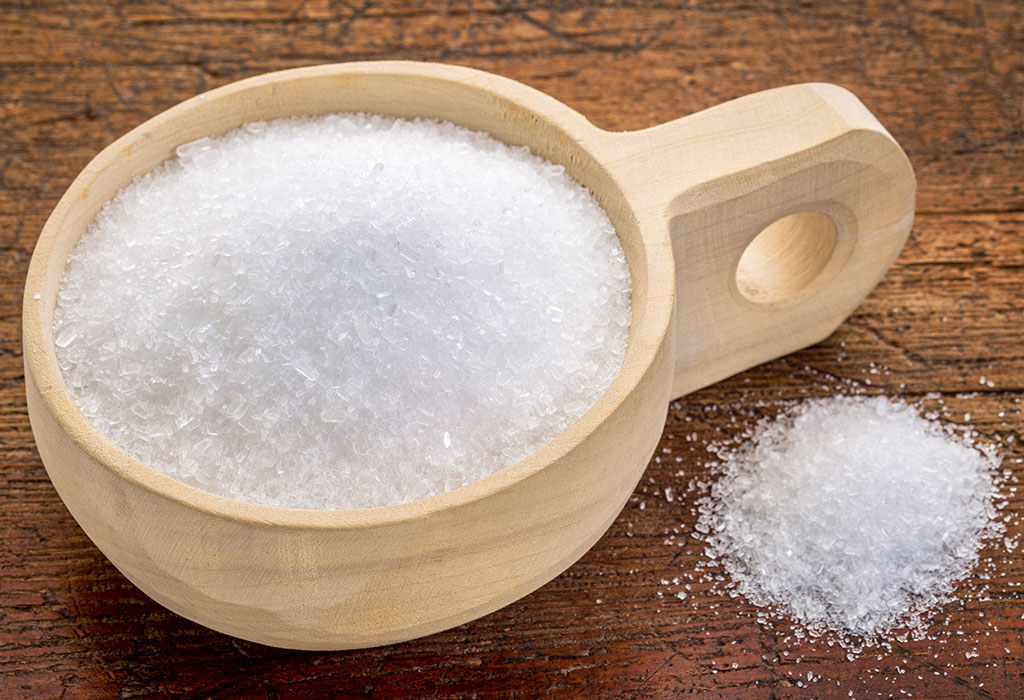
- Definition and composition
Epsom salt, scientifically known as magnesium sulfate, is a naturally occurring mineral compound composed of magnesium, sulfur, and oxygen. It has various applications and is commonly used for its potential health benefits. - Origins and common uses
Epsom salt derives its name from the town of Epsom in England, where it was first discovered in natural springs. It is widely used for its potential benefits in bathing, gardening, and household remedies.
B. Benefits of Epsom salt for toddlers
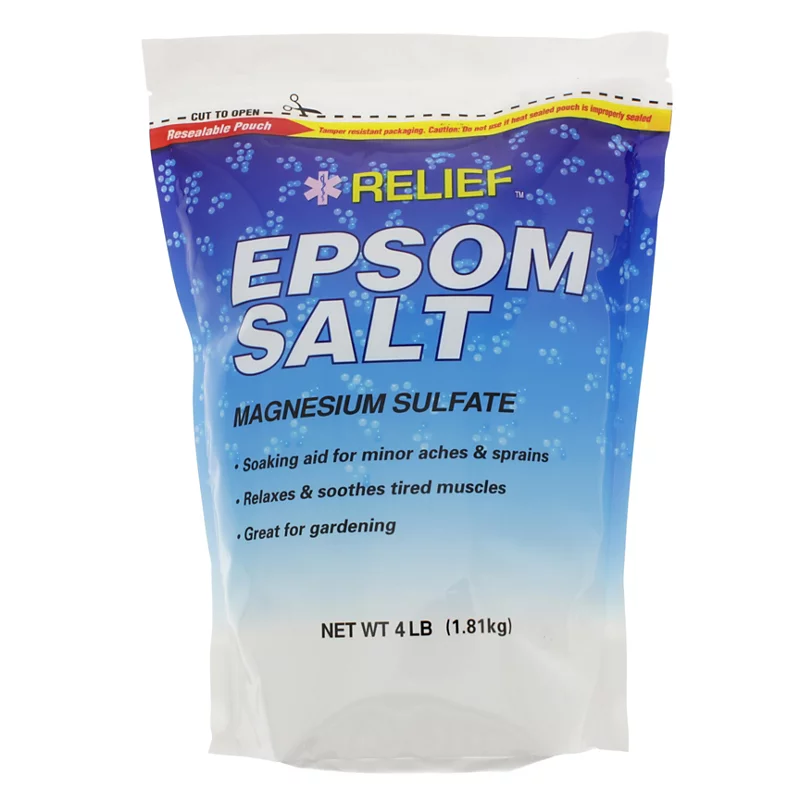
- Muscle relaxation and relief from discomfort Epsom salt is believed to help relax muscles and provide relief from muscle soreness or tension, which can be beneficial for toddlers who may experience discomfort due to growth or physical activities.
- Soothing effects on skin irritations Epsom salt has been known to have soothing effects on various skin irritations such as rashes, itching, or minor sunburns, making it potentially useful for toddlers who may have sensitive or reactive skin.
III. Safe Usage and Precautions
A. Consultation with a healthcare professional
- Seeking advice before introducing Epsom salt baths It is essential for parents to consult with their child’s healthcare professional before introducing Epsom salt baths, especially if the child has any underlying health conditions or sensitive skin.
- Addressing any specific concerns or conditions Healthcare professionals can provide personalized guidance and address specific concerns or conditions to ensure safe usage and maximize benefits for the toddler.
B. Determining the appropriate amount of Epsom salt
- Guidelines for dosage based on age and weight Dosage recommendations for Epsom salt baths may vary based on a toddler’s age and weight. It is important to follow appropriate guidelines to avoid using excessive amounts.
- Importance of diluting the salt appropriately Proper dilution of Epsom salt in bathwater is essential for safe usage. This ensures that the concentration is not too strong for the toddler’s delicate skin.
C. Bath temperature and duration
- Maintaining a safe and comfortable bath temperature Safety is paramount when giving a toddler a bath. Ensure that the bathwater temperature is warm but not hot, and consistently monitor the water temperature throughout the bath.
- Recommending an appropriate duration for toddler baths The duration of a toddler’s bath should be short and age-appropriate. It is generally recommended to limit baths to 10-15 minutes to prevent dehydration and skin dryness.
IV. Incorporating Epsom Salt into Toddler Bath Time
A. Dissolving Epsom salt in the bathwater
- Techniques for dissolving the salt effectively To ensure that Epsom salt is thoroughly dissolved in the bathwater, consider using warm water to aid in the process. Stir the water gently to help the salt dissolve more quickly. If needed, you can also let the water sit for a few minutes to allow the salt to fully dissolve before placing the toddler in the bath.
- Ensuring even distribution in the bathwater To ensure even distribution of Epsom salt in the bathwater, it can be helpful to add the salt while the water is filling the tub. This way, the salt has more time to dissolve and spread evenly throughout the water, resulting in consistent exposure for the toddler’s skin.
B. Adding soothing ingredients to enhance the bath experience
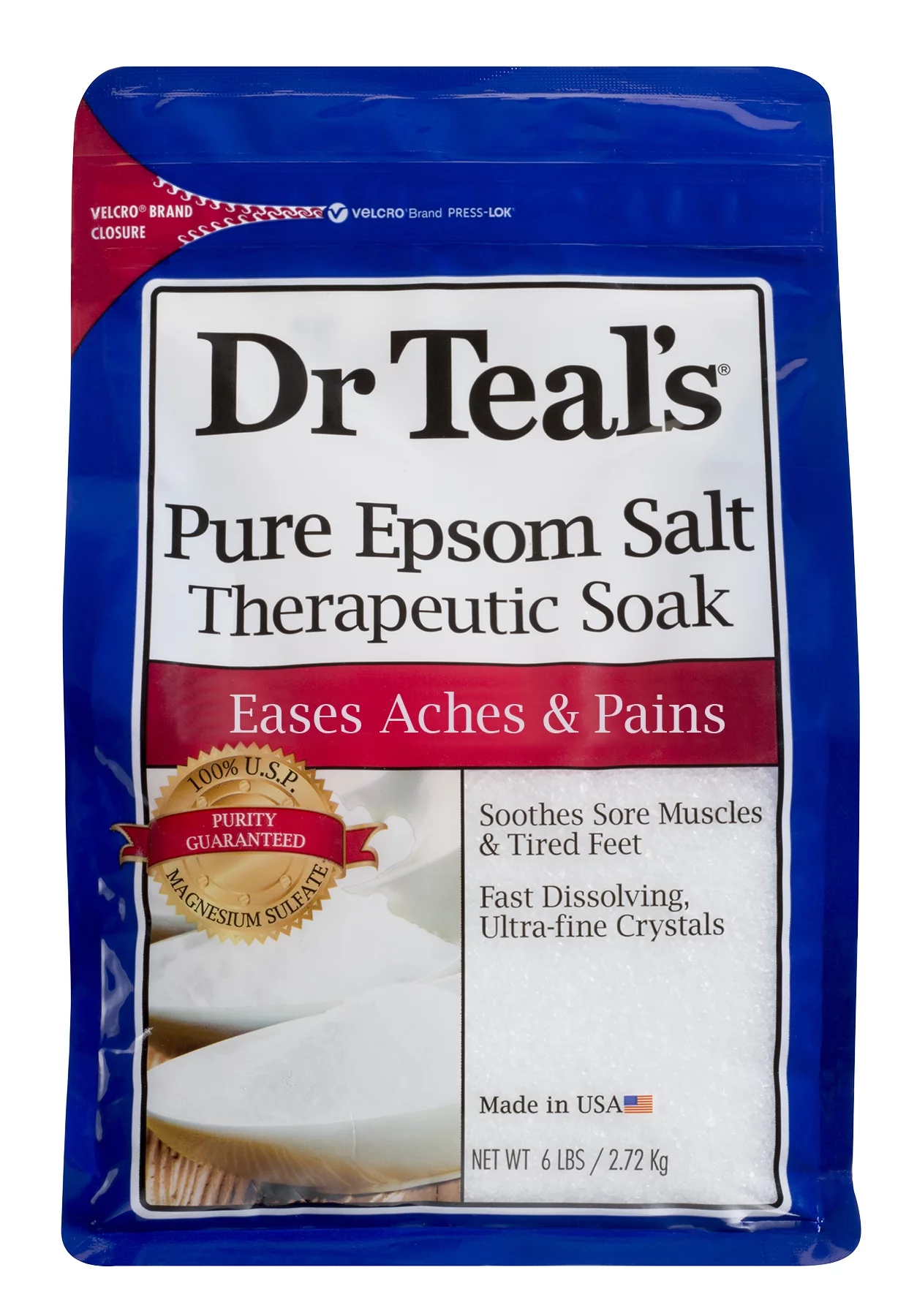
- Essential oils or baby-safe scents for aromatherapy Adding a few drops of baby-safe essential oils, such as lavender or chamomile, to the bathwater can enhance the soothing and relaxing experience for the toddler. Ensure that the chosen essential oil is safe for children and properly diluted according to the recommended guidelines.
- Natural ingredients for extra skin nourishment and relaxation Consider incorporating natural ingredients known for their skin-nourishing and calming properties. For example, you can add oatmeal, known for its soothing effect, by placing it in a muslin cloth or a tied-up clean sock and allowing it to steep in the bathwater. Another option is adding a small amount of coconut oil, which can provide extra hydration and contribute to a calming sensation.
V. Observing Effects and Adjusting Usage
A. Monitoring the toddler’s reaction to Epsom salt baths
- Noting any signs of sensitivity or adverse reactions While Epsom salt is generally well-tolerated, it is essential to observe any signs of sensitivity or adverse reactions in the toddler’s skin or behavior. If any unusual reactions occur, discontinue the use of Epsom salt and consult with a healthcare professional.
- Paying attention to changes in skin condition or behavior Regularly monitor the toddler’s skin condition and behavior following Epsom salt baths. Note any improvements or changes, such as increased relaxation or improvement in skin irritations. This observation can help determine the effectiveness and appropriate frequency of Epsom salt baths.
B. Adjusting the frequency of Epsom salt baths
- Discussing the toddler’s needs with a healthcare professional The frequency of Epsom salt baths may vary depending on the toddler’s specific needs and skin condition. It is advisable to consult with a healthcare professional to determine the most suitable frequency of Epsom salt baths for the toddler.
- Ensuring baths remain a positive and beneficial experience Maintain open communication with the toddler during bath time and observe their reactions and preferences. If the toddler shows signs of discomfort or a dislike for Epsom salt baths, it may be necessary to adjust the frequency or explore alternative bathing options that better suit their needs.
VI. Conclusion
Incorporating Epsom salt into toddler bath time can provide additional relaxation and potential benefits for the skin. Ensuring proper dissolution of the salt in the bathwater and considering the addition of soothing ingredients can enhance the bath experience for the toddler. Monitoring the toddler’s reaction, adjusting usage based on their needs, and consulting with a healthcare professional when needed, contribute to ensuring that Epsom salt baths remain safe, effective, and enjoyable for the toddler. By following these guidelines, parents can create a positive bathing routine that promotes their child’s well-being and relaxation.
